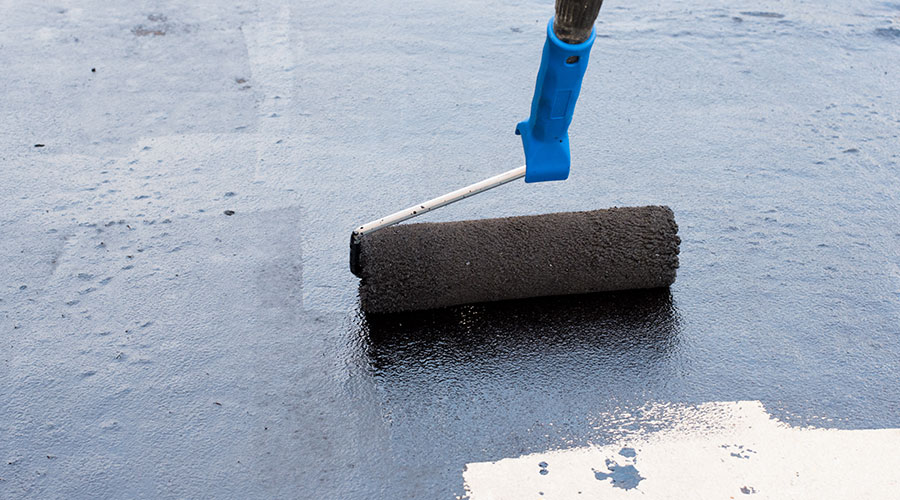The Case for Sustainable Roofs
There are many choices for roofs, but a green roof is becoming increasingly more popular.
By Ronnie Wendt, Contributing Writer
A green roof is an increasingly popular choice in sustainable facilities. By adding a vegetative layer to the roof, businesses can reduce energy costs, increase biodiversity, and have an aesthetically pleasing exterior.
Green roofs, covered in vegetation such as grass or plants, also help reduce the urban heat island effect, improve indoor air quality, and provide additional insulation for the building, says D’Annunzio.
A green roof’s design comprises a deck structure, waterproofing, a root barrier, a drainage layer, water retention, a growing medium (dirt), and plants such as moss, grass, flowers and trees. As the plants on the roof grow, they improve indoor air quality because the roof acts like a built-in air filtration system for the building.
Because of their insulating effect, green roofs also reduce energy usage by decreasing the need for heat and cooling systems to operate at full capacity 24/7. Arizona State University Urban Climate Research Center offers a green roof energy calculator to help facility managers calculate the energy savings of a green roof.
Green roofs also can extend roof life by protecting roofing components from inclement weather, degradation and other natural elements. In fact, the U.S. General Services Administration finds green roofs may last twice as long as traditional roof choices, which can offset the higher installation and maintenance costs of these roofs.
Other options
Other potential options for more sustainable roofs on commercial facilities include metal roofs and ethylene propylene diene monomer (EPDM) roofing.
Metal roofs, consisting of steel, aluminum or copper, offer durability and longevity but can cost up to double that of other roofing materials. But they are far more sustainable. McElroy Metal, for example, reports a metal roof may last 50 to 60 years versus 25 to 30 years for a membrane system or 12 to 15 years for shingles. `
EPDM, an extremely durable synthetic rubber roofing membrane, is widely used in low-slope buildings across the United States.
These membranes are available in black and white, in widths ranging from 7.5 feet to 50 feet, and in two thicknesses, 45 and 60 mils. There are multiple ways to install EPDM: fully adhered, mechanically attached, or ballasted, with seams sealed using liquid adhesives or special tape.
EDPM can last for up to 50 years and is simple to repair. These roofing membranes remain stable over time thanks to their high resistance to ozone, UV radiation, microorganisms and severe weather.
However, it is important to choose the right membrane color, says Varner.
“We install a lot of white membranes because white reflects more sunlight and absorbs less solar energy so it will create a cooler environment inside, which translates into having to use less air conditioning when the weather is warm,” she says. “If you’re farther up north, where you will have more cold days, you may want to use a darker roofing membrane that retains the heat.”
D’Annunzio suggests applying a reflective coating to darker membranes to prevent heat from entering the building in the warmer months.
Ronnie Wendt is a freelance writer based in Minocqua, Wisconsin.
Related Topics:












